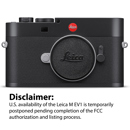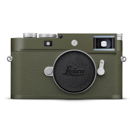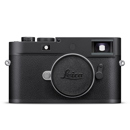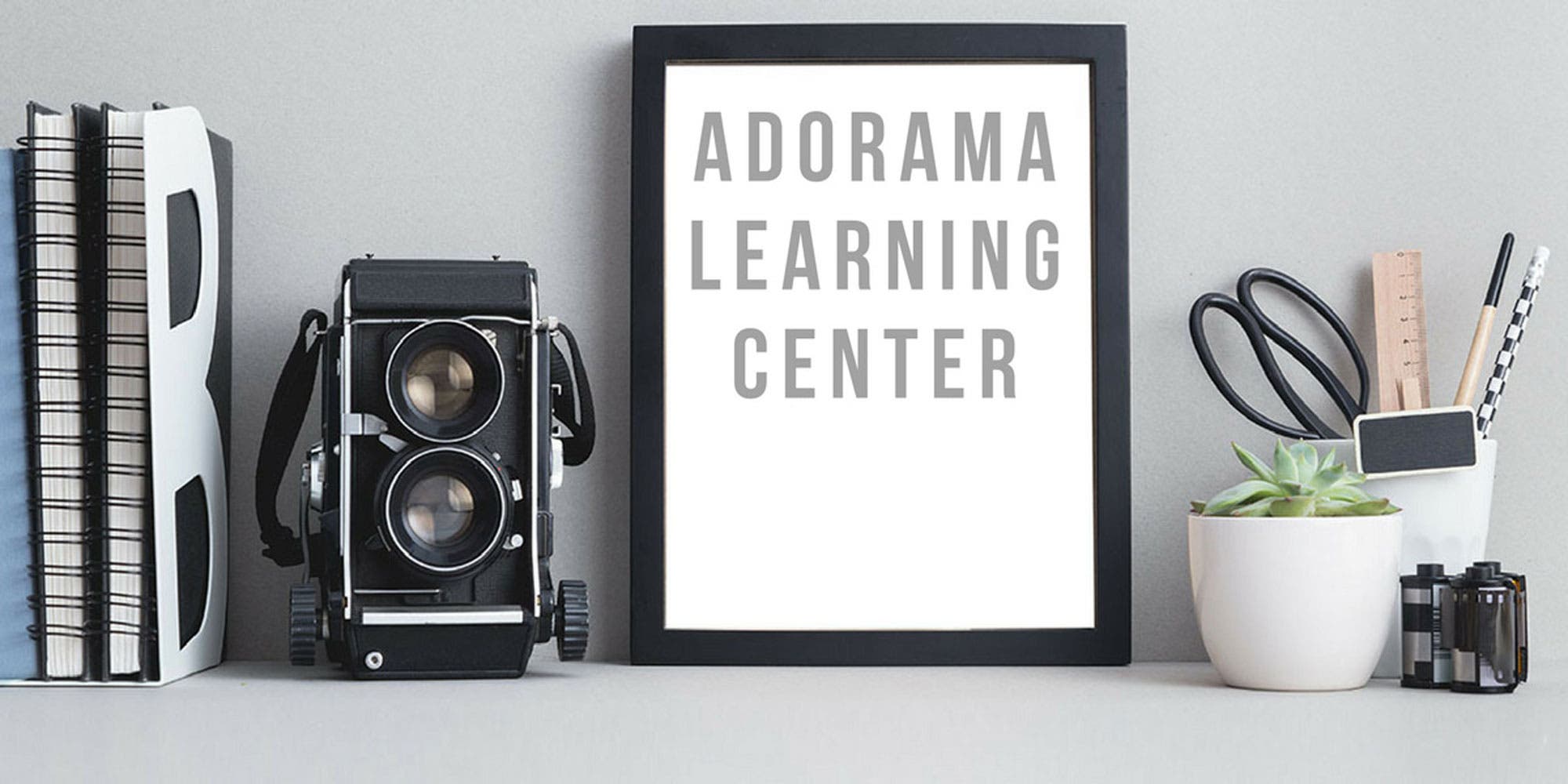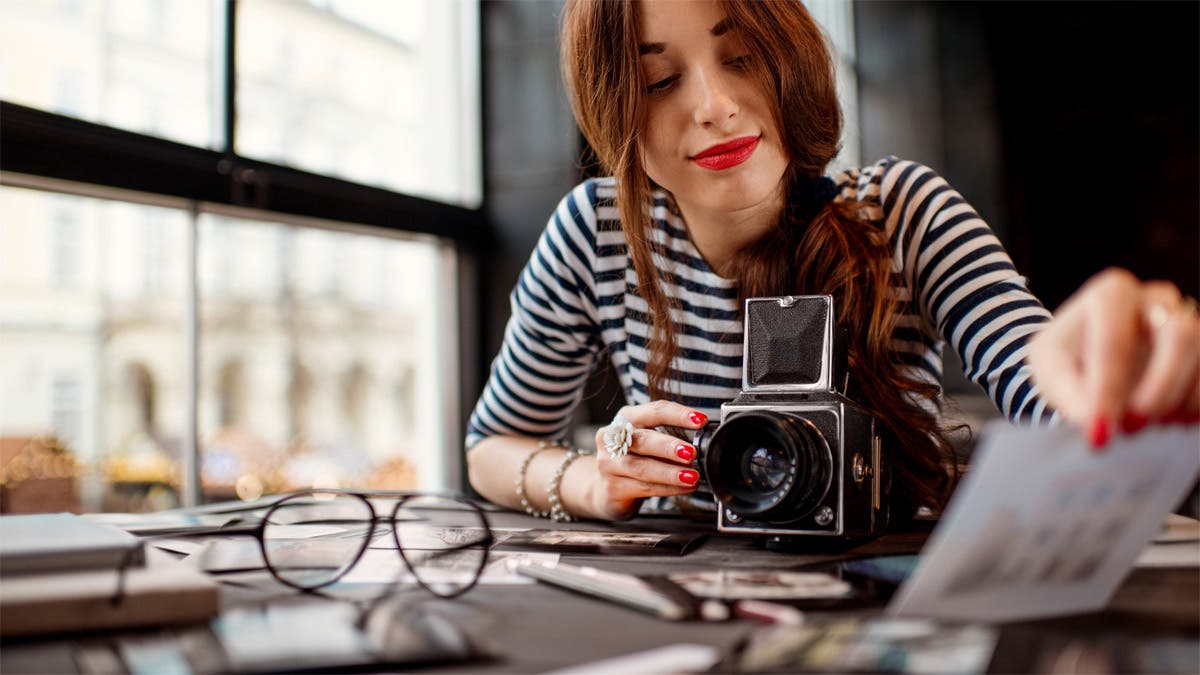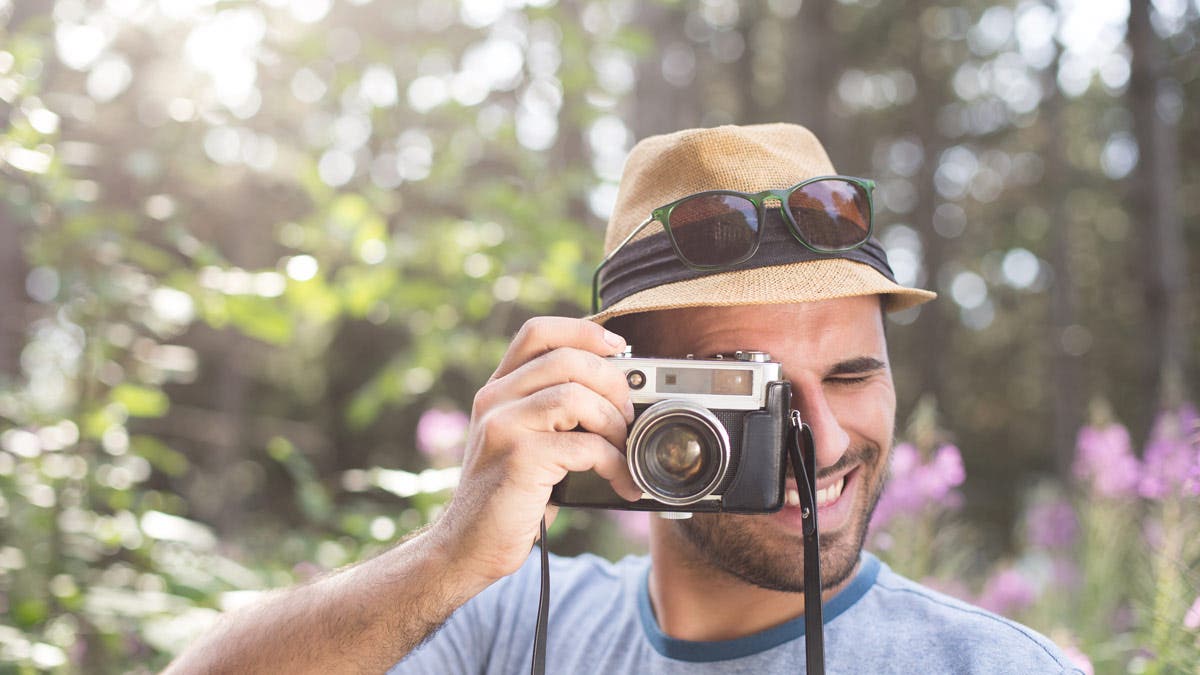
Leica M7 0.72 35mm Rangefinder Camera Body Black with 0.72 Viewfinder Magnification - USA
SKU: LCM772B
This item is no longer available.
Recommended Alternatives
Share:
Overview
Compare
Protection
Reviews about this item
Review Summary
2016-12-26T08:03:49
Rated 5 out of 5
Best film camera
Amazing camera build. Feels like it was hand built. Also got the summicron 35mm lens. Great combination. Haven't developed any film yet. First time user of film camera. Wanted the best film camera out there. The Leica M7 IMHO is the best. Also considered getting the M6 and MP but with with the M7 because of the AE.
Avinash K.
2016-07-06T09:00:41
Rated 5 out of 5
The best
Simply the best manual focus film camera sold today.
Glenn B.
2012-01-15T19:00:00
Rated 5 out of 5
Awesome deal on a used camera.
The M7 is the perfect film companion to the M9. They are completely interchangeable in your hand.
Sam E.
2011-12-04T19:00:00
Rated 5 out of 5
Awesome deal on a used camera.
The M7 is the closest film camera to the digital M9. It's really great to go back and fourth without changing the way I shoot.
Sam E.
2007-02-04T19:00:00
Rated 4 out of 5
A Visceral Experience in Photography
The Leica M7 -- as of this writing -- appears to be the last of Leica's film-based M-series. The M8, of course, is a digital camera; the key advance that the M7 offers, compared to the feature set already present in the M6 (which I also own), is aperture-priority automation. As someone who has owned many 35mm cameras offering various forms of automation (shutter-priority, aperture-priority, programmed automation, etc.), it took me a while to appreciate the specific value of aperture-priority automation. For me, the main attraction of aperture-priority photography has to do with the ability -- in concert with fast Leica lenses -- to strongly influence an image's depth-of-field.....to make the subject leap out of the picture, letting the foreground and background fade into obscurity. And this, actually, leads to one of my few quibbles with the M7. Using the kinds of fast lenses that will produce the requisite shallow depth-of-field (e.g., the 35mm f/1.4, 75mm f/1.4, or 50mm f/1.0), I find that I frequently have to settle for a less-than-wide-open aperture because the fastest shutter speed available on the M7 is 1/1000 of a second.....and this is often true even with the slowest film I can find. Which leaves us with.....after-sundown photography? In terms of its operating characteristics, the camera just feels good to use; the operation is smooth and very unobtrusive. And the images that it produces are wonderful -- which, I guess, you'd expect, given the cost of the body and a couple of lenses. The M7 is not the proper camera for the casual snapshooter. The required investment of money (to acquire the hardware) and time (to capture images -- yes, it focuses quickly, but it is NOT autofocus) will necessarily limit the M7's appeal to a comparatively small audience. But for those who are not content holding their camera at arm's length and praying that the resultant image will be recognizable, for those who want to become more involved in the process of photography, for those who are viscerally attracted to fine machinery, and certainly for those who can afford the steep start-up costs, the M7 is a unique and wonderful instrument.
DR H.
About Leica M7
FEATURED REVIEWS
Awesome deal on a used camera.
By Sam E.
The M7 is the perfect film companion to the M9. They are completely interchangeable in your hand.
Best film camera
By Avinash K.
Amazing camera build. Feels like it was hand built. Also got the summicron 35mm lens. Great combination. Haven't developed any film yet. First time user of film camera. Wanted the best film camera out there. The Leica M7 IMHO is the best. Also considered getting the M6 and MP but with with the M7 because of the AE.
Fast. User-friendly. Reliable
Classics are works that are immune to the passing whims of the present. They are never rewritten, but re-interpreted on the basis of a changed world. The analog Leica M7 is such a classic. Silver halide photography with a Leica M has a special appeal: the understandable process of exposing the film and the chemical processing of the same piece of material create an emotional relationship with the subject and the camera. The concentration when taking the photograph, the keen anticipation of the literally tangible images and the excellent results are all arguments in favor of analog Leica M cameras.
Intuitive photography
As an alternative to the familiar manual method of exposure adjustment - which, of course, can still be used - the Leica M7 offers a convenient, continuously variable, aperture priority mode with an exposure lock via the shutter release. This allows you to focus easily, compose quickly and thus devote your full attention to taking the photograph.
Versatile exposure
With its range of intelligent features, the M7 gives you many options for picture composition. TTL flash exposure measurement takes the risk out of flash photography. Creative latitude is offered by synchronization times down to 1/1000s and flash synchronization at the second shutter curtain. Viewfinder displays facilitate photography with long exposure times.
Work in comfort
Ergonomically located right next to the shutter release button, the ON/OFF button activates the electronics of the Leica M7 and also disables the shutter release when the camera is switched off. There is now a choice of either manual or automatic film speed setting (DX coding), eliminating the risk of annoying exposure errors due to wrong ISO settings. The stepless aperture priority mode ensures reliable and precise exposure. And a system that is unique for rangefinder cameras gives a clearly legible display of all the information in the viewfinder of the Leica M7 - even in critical side light.
Key Features
- Make automatic exposures
- Work more accurately
- Stay informed at all times
- Start immediately
- Use flash creatively
- Prevent faulty exposures
What's in the box:
- Leica M7 0.72 35mm Rangefinder Camera Body
- 2x 3V Lithium Battery (DL1/3N)
- Body Cap
- Neck Strap
- Leica 3 Year USA Passport Warranty + 2 Year Limited Warranty (Total Warranty 5 Years)

